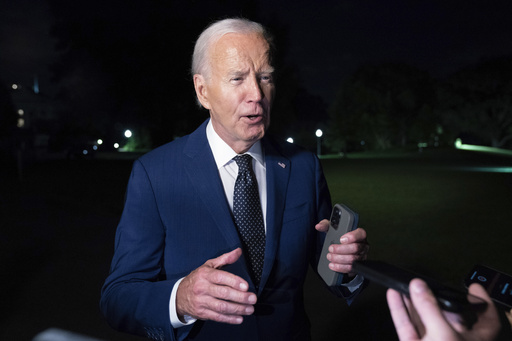
International mediators are aiming to revive stalled cease-fire discussions between Israel and Hamas by initiating a new round of talks intending to secure an agreement between the two parties. However, the prospects of a breakthrough are currently dim. These new talks are scheduled to commence on Thursday, although Israel and Hamas have been contemplating an internationally-supported proposal for over two months. This proposal aims to end the 10-month-long conflict and release approximately 110 hostages still held in Gaza.
Throughout this period, the indirect negotiations have not made significant progress, and obstacles persist. Recent terms presented have complicated the advancement of discussions, and Hamas has not definitively confirmed its participation in the forthcoming round of talks.
Amidst the ongoing conflict in Gaza and the prolonged captivity of hostages, concerns have escalated about the possibility of a larger regional conflict involving Iran and its regional ally, Hezbollah. The recent killing of a top Hamas leader in Tehran following a suspected Israeli attack has further cast uncertainty over the negotiations.
The proposed cease-fire deal outlined by U.S. President Joe Biden on May 31 was deemed a potential pathway to a lasting truce and the release of hostages. It was structured in three phases, the first of which involved a comprehensive cease-fire, Israeli troop withdrawal from heavily populated areas in Gaza, and the release of a specified number of hostages. Subsequent phases aimed at the release of all remaining hostages and the reconstruction of Gaza.
Despite Biden’s endorsement of the proposal, a breakthrough has not materialized, and the parties seem to have drifted further apart in recent weeks. Israel has expressed reservations about provisions tying the initial cease-fire extension to ongoing negotiations, fearing Hamas could prolong talks indefinitely. On the other hand, Hamas is concerned that Israel might resume hostilities after the return of vulnerable hostages.
Israel has introduced additional demands in the negotiations, including control over certain territories and a say in the release of Palestinian prisoners, which Hamas has rejected. The talks were further complicated by the assassination of a Hamas leader in Tehran and a Hezbollah commander in Beirut, leading to threats of retaliation and diverting attention from the cease-fire efforts.
Prime Minister Netanyahu and Hamas’ new leader, Yahya Sinwar, both have reasons to continue the conflict. Netanyahu faces political challenges within his coalition, while Hamas has benefited from international scrutiny on Israel and faces internal pressures. The current dynamics suggest a challenging road ahead in securing a cease-fire agreement.
